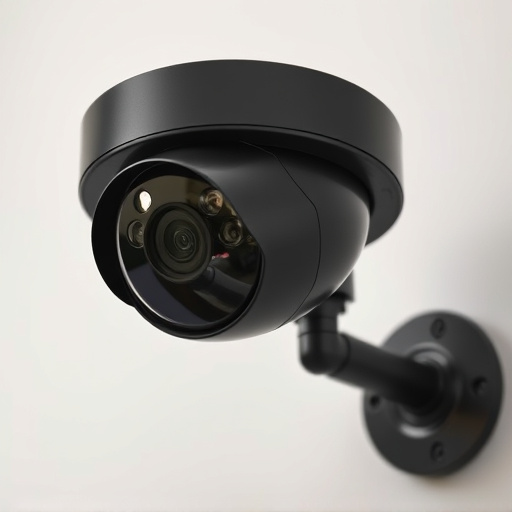Securing dummy security cameras is a strategic way for businesses and homeowners to protect their privacy and deter theft, while maintaining a robust security appearance. This involves high-quality replicas, secure mounting in plain sight, surveillance-grade cabling, regular testing, tamper-evident stickers/seals, motion-activated alarms, and keeping spare parts safe, ultimately enhancing perceived security.
In today’s digital age, securing your property is paramount. While real security cameras offer peace of mind, dummy security camera placements can deter theft and mimic active surveillance. However, understanding the risks associated with fake camera theft is crucial to an effective strategy. This article guides you through best practices for securing dummy cameras against theft, offering advanced tips to ensure your surveillance equipment remains a potent deterrent.
- Understanding Dummy Camera Theft and Risks
- Best Practices for Securing Fake Security Cameras
- Advanced Tips to Protect Your Dummy Surveillance Equipment from Thieves
Understanding Dummy Camera Theft and Risks
Dummy security cameras, while effective as a deterrent and for surveillance purposes, are vulnerable to theft and tampering. This is a growing concern for businesses and homeowners alike, as unauthorized removal or manipulation of these devices can compromise privacy and security. Criminals often target dummy cameras for several reasons: they are an easy access point into a property’s security system, valuable components can be sold for scrap or reused in other equipment, and the act of stealing them can go unnoticed for some time.
To mitigate these risks, securing dummy cameras against theft is paramount. This involves not only physically protecting the device but also implementing strategies to deter potential thieves. Some measures include mounting cameras securely with heavy-duty brackets, using surveillance-grade cables to connect components, and incorporating alarm systems that detect unauthorized removal attempts. Additionally, regular maintenance checks and keeping spare parts secured can further enhance security.
Best Practices for Securing Fake Security Cameras
Securing fake security cameras, or dummy cameras, is just as crucial as their real counterparts to prevent theft and ensure the integrity of your home or business’s perceived security. One of the best practices is to place them in areas that are easily visible but not too obvious. Strategically positioning these cameras in plain sight can deter potential thieves while maintaining their realistic appearance. Mounting them on ceilings, walls, or near windows can provide good coverage without drawing excessive attention.
Additionally, investing in high-quality dummy cameras that closely resemble real ones is essential. These replicas should have authentic details and features to prevent casual passersby from distinguishing them from genuine security equipment. Regularly testing the functionality of these cameras and ensuring they are properly wired or powered can also help maintain their deterrent effect.
Advanced Tips to Protect Your Dummy Surveillance Equipment from Thieves
To ensure the effectiveness and security of your dummy surveillance equipment, implementing robust measures to protect them from thieves is crucial. One advanced tip involves using tamper-evident stickers or seals on the cameras. These stickers are designed to break or change color when removed, serving as a clear signal to potential thieves that the device has been tampered with and could trigger an alarm or security response.
Additionally, mounting dummy cameras in obscure yet strategic locations can significantly deter theft. Positioning them near bright lights or in areas with good visibility can make them less attractive targets. It’s also wise to utilize motion-activated alarms or sensors that detect unexpected movements around the camera, providing a deterrent and potentially capturing would-be thieves on film.
Secure dummy cameras against theft by employing robust placement strategies. Understanding the risks associated with fake security camera theft is the first step. Best practices include mounting cameras in plain sight and securing them firmly to deter casual intruders. Advanced tips involve utilizing hidden wiring, using motion-activated alarms, and regularly updating camera positions to keep thieves off-guard. By implementing these measures, you can significantly enhance the protection of your dummy surveillance equipment.
